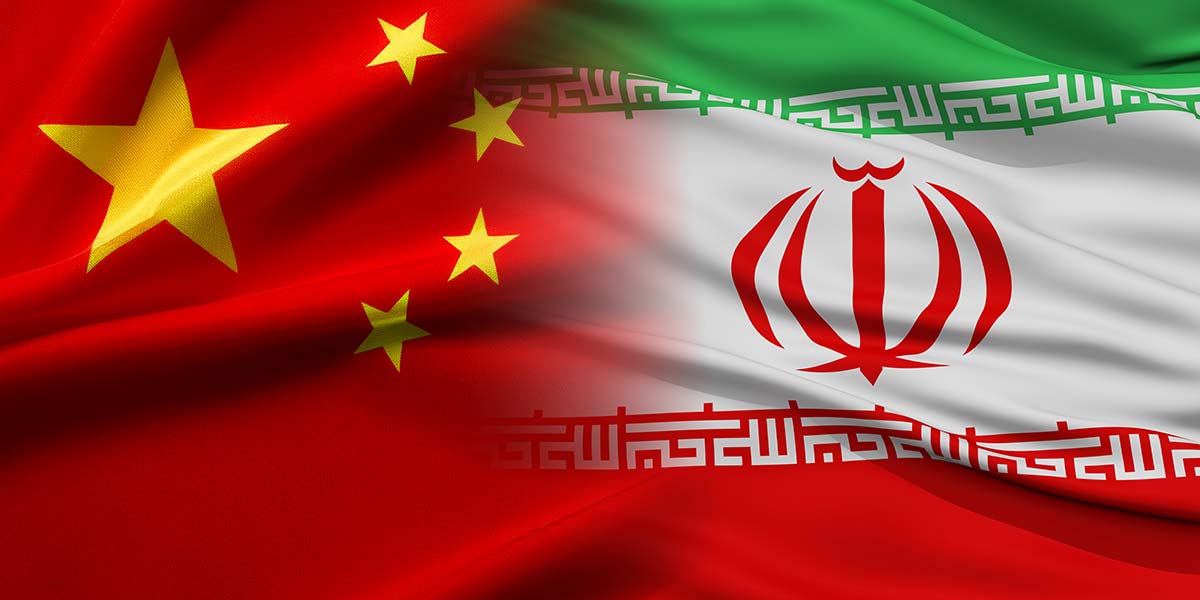Despite escalating tensions in the Middle East, Chinese enterprises remain positive about their prospects in the region, even as geopolitical risks linger.
Chinese shipments to Dubai, a major logistical hub of the region, soared by 20% from a year prior as locals stock up on necessities, according to Bear Huo, China general manager at FundPark, estimation.
Meanwhile, official data shows that China’s trade with Iran has significantly declined in the last two years as U.S. sanctions squeeze Tehran’s economy, with Iranian crude exports increasingly dependent on Chinese demand.
However, the location of Dubai’s crucial port, situated near the Strait of Hormuz and in close proximity to Iran, keeps logistical uncertainties high amid the recent Israel-Iran conflict, particularly after the U.S. launched an attack on Iran nuclear facilities.
Beijing’s Ministry of Foreign Affairs was quick to denounce recent U.S. military action against Iran, urging for immediate negotiations to halt further violence.
Nevertheless, some within the Chinese business community see a silver lining if the current stand-off prompts Washington to loosen its sanctions regime.
Qin Gang, who heads the consultancy Ode & Song Cultural Industry, forecasts a possible surge in Chinese investment into Iran’s tourism, real estate, and infrastructure sectors should restrictions be lifted, opening the door for tens of thousands of mainland firms eager to expand their presence.
Meanwhile, CIMB Securities Bhd. wrote that a potential closure of the Strait of Hormuz could severely disrupt global oil supply chains and sharply escalate geopolitical tensions, with Asia facing the greatest exposure.
Such an event could push Brent crude prices above US$100 per barrel, given the strait handles nearly 20 percent of global oil flows. China, India, Japan, and South Korea are particularly vulnerable as top crude oil destinations in Asia.
Any disruption would drive a renewed surge in oil prices, leading to inflationary spillovers across global economies. Historically, a 500,000 bpd supply disruption could result in a US$10 per barrel price increase. While the market is somewhat cushioned by OPEC+ spare capacity of 5.7 million bpd, most of this supply is transported through the Strait of Hormuz.
CIMB Securities expects Brent crude to trade around US$85 per barrel in the near term.





